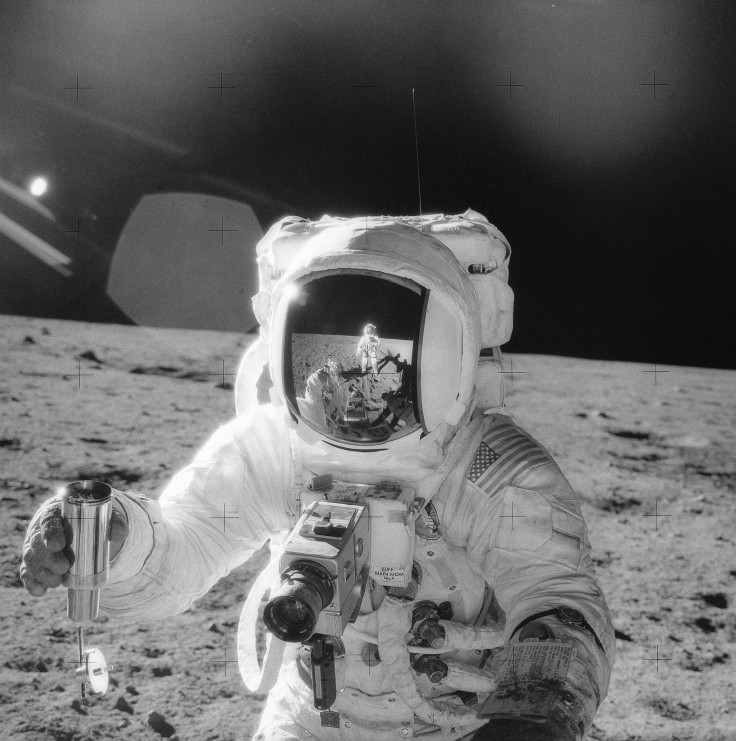NASA Official, Politicians Cast Doubt On 2024 Moon Mission By Astronauts

House committee members, as well as an official from NASA, expressed skepticism regarding the agency’s ability to launch human missions to the Moon by 2024. The agency’s doubters blamed NASA’s decision to partner with commercial spaceflight firms for its Artemis program.
During a hearing by the House Science Committee held on Sept. 18 in Wailea, Hawaii, several officials criticized NASA’s proposed plan to launch new missions to the Moon. The arguments against the agency centered on the current structure for NASA’s Artemis program.
Ken Bowersox, the current associate administrator for NASA’s human exploration and operations, admitted during the hearing that he’s not confident that the agency will be able to send astronauts to the Moon by 2024. Despite this, the NASA official maintained that the agency is still doing its best to proceed with the mission, Space News reported.
“How confident?” Bowersox said after being questioned by Florida Representative Bill Posey during the hearing. “I wouldn’t bet my oldest child’s upcoming birthday present or anything like that. We’re working towards it as hard as we can.”
Many of the officials argued that NASA’s decision to use the spacecraft of commercial spaceflight providers such as SpaceX is hurting the agency’s chances of reaching the Moon in 2024. The argued that NASA was only pressured into a partnership by these companies in order to meet their launch manifest quota.
“They appear to suggest that profit motive, i.e., the desire of some individuals for personal gain, may be driving NASA decision making at much greater risk to our astronauts,” Alabama Representative Mo Brooks said.
NASA’s former associate administrator Doug Cooke noted that in order for the agency to proceed with Artemis, it will need to develop launch vehicles that are capable of handling the payloads for the mission. For him, NASA should be looking into its own launch vehicles such as the Exploration Upper Stage (EUS) and Space Launch System (SLS) for the upcoming lunar mission.
“A heavy-lift vehicle on the order of 100 to 130 metric tons or more, with a large payload volume, is needed for the large, heavy elements,” Cooke said. “Anything less over-constrains landers and habitats.”
“If NASA focuses on investment on the ongoing SLS with the EUS, Orion and ground system developments, there’s a better chance of making an earlier date,” he added.
© Copyright IBTimes 2024. All rights reserved.





















